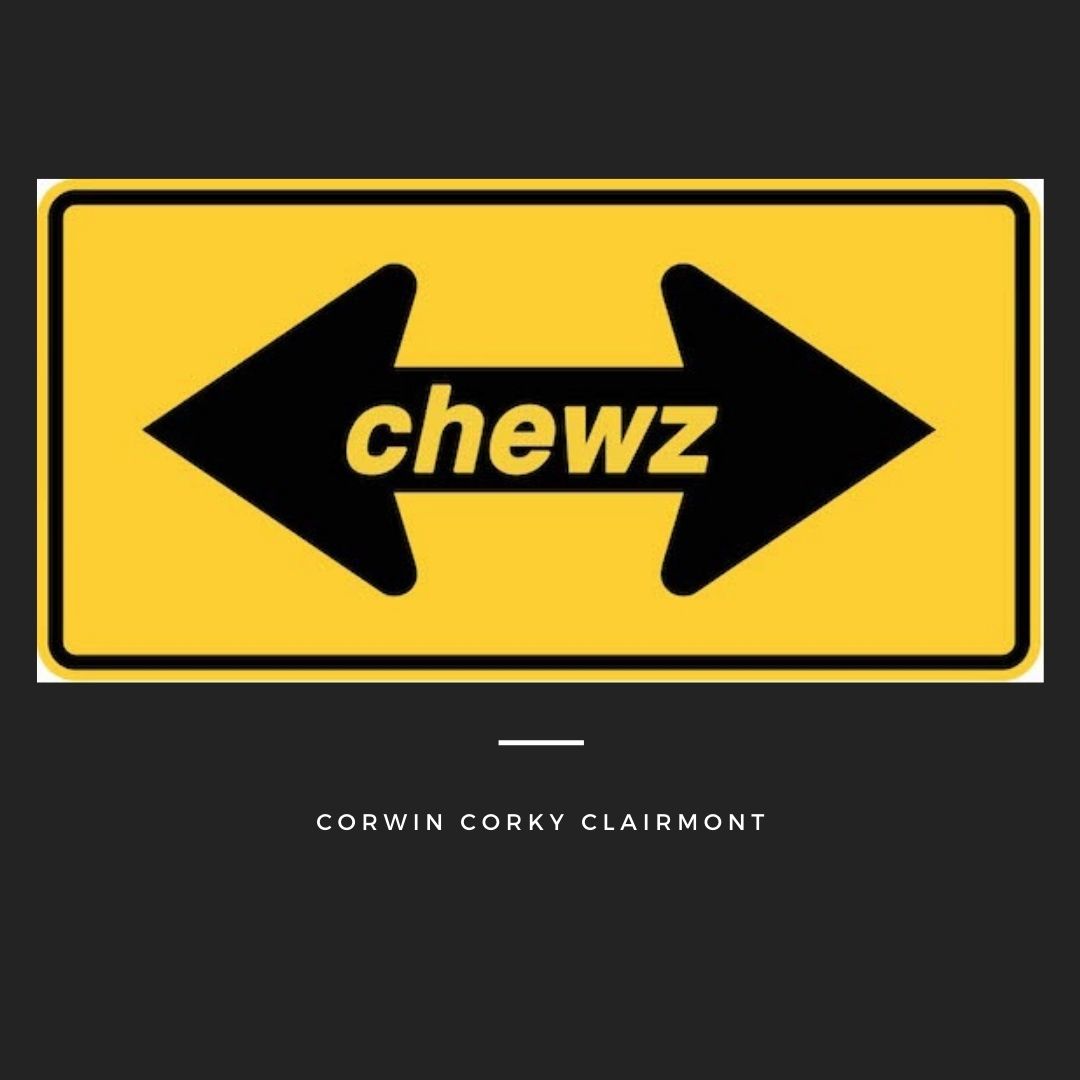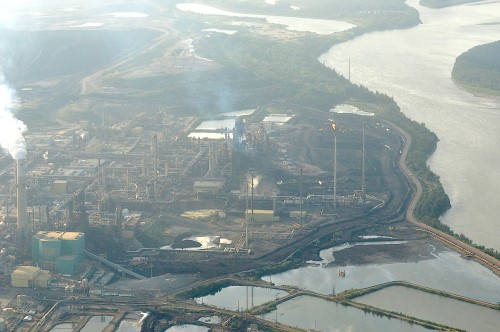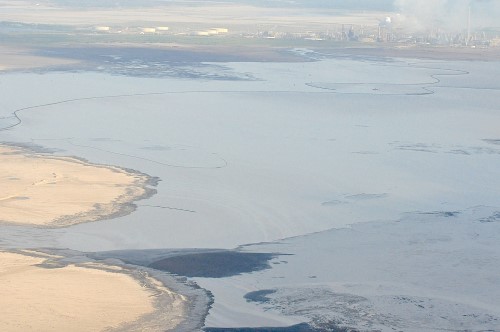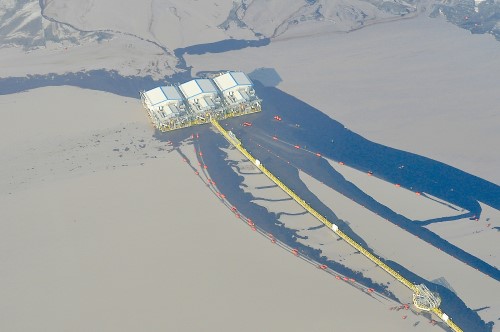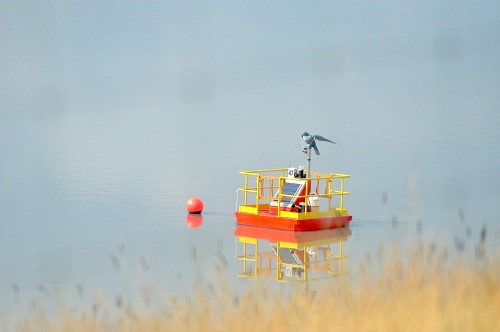Corky Clairmont was one of the first artists I interviewed for the Allegories of Transformation exhibition I curated for the PACE Center, which opened in Parker, CO, September 18 and runs through November 18.
I Had This Idea
When my team at the PACE won a National Endowment for the Arts grant to put on a show of Indigenous artists work, I planned to fly artists in for a series of lectures and panel discussions and to introduce them to schools in the state to talk to kids and…then COVID hit.
OK, change of plans. My next great idea was to conduct interviews that I would edit down to, I don’t know, five minutes for so, and have those available online. Zoom was the technology of choice but it didn’t always cooperate, which made the editing process a bit tedious.
Here’s the amazing thing that happened though. As I was editing interviews that were, in some cases, an hour and a half long, I started to hear a much deeper dialogue that I somehow missed when I was talking to each artist in the moment. I was so consumed in making the tech work and asking the right questions that I wasn’t listening as closely as I should have.
Corky’s interview is a case in point. Listening to it a second time, I was totally caught off guard by a long silence as he searched for words to explain the devastation he witnessed at Fort McMurray, part of the Alberta Tar Sands Mining operation, which is the subject of a major installation piece we have in the show.
The World’s Most Destructive Oil Operation
I am embarrassed to say I’d never heard of Fort McMurray and the Alberta tar sands. A quick search brought up many terrifying reports. If you’ve never heard of this mining operation, here’s a brief overview as gleaned from a concise and damning article in National Geographic that calls Fort McMurray the “world’s most destructive oil operation.”
- Fort McMurray in Alberta, Canada is the world’s largest industrial project. North of Fort McMurray, the boreal forest has been razed and bitumen mined from the ground in immense open pits.
- According to a government report, Canada is warming twice as fast as the rest of the world.
- A study published in April in Nature Communications found that emissions from the Canadian oil sands, measured directly from aircraft, are about 30 percent higher than the figures reported by the industry.
- Bitumen, which is mined and then transformed into light crude is normally found deep below the surface. However, the bitumen found north of Fort McMurray is in a layer shallow enough that it can be strip mined in huge open pits…once the boreal forest covering it is destroyed.
- The world’s largest collections of tailings waste ponds—able to fill more than 500,000 Olympic swimming pools—line the banks of the Athabasca River and are so toxic, they have had to set up scarecrow like object and set off sound cannons to prevent birds from going near them.
- Some of the ponds filled with tailing are leaking into the Athabaskan River, and air pollution and acid rain, one study found, will eventually damage an area o Canada the size of Germany.
- The impact on the Indigenous communities who once roamed this land has been devastating. The destruction of pristine lands and wildlife and the increase in cancer and other debilitating diseases caused, it is believed, by the pollution from the mining operations has robbed them of their traditions and ability to hunt and grow food.
The Impact of Art: We All Have to Chewz
Listening to Corky, and taking in the shattering silence of those long seconds he took to compose his thoughts, I found myself reduced to tears.
Reflecting on this show and the conversations I have had with these eleven amazingly generous and insightful men and women hailing from various tribes across the western United States, I can honestly say I’ve never been so deeply moved by works of art and the stories behind them. I am so very grateful for their trust in me to present this body of work and them as best I can.
About Corky Clairmont
Hailing from Ronan, Montana, Corky Clairmont is a celebrated visual and conceptual artist whose decades of work have included printmaking, mixed media, sculpture and installation. He’s also a professor and former fine arts department director at Salish Kootenai College.
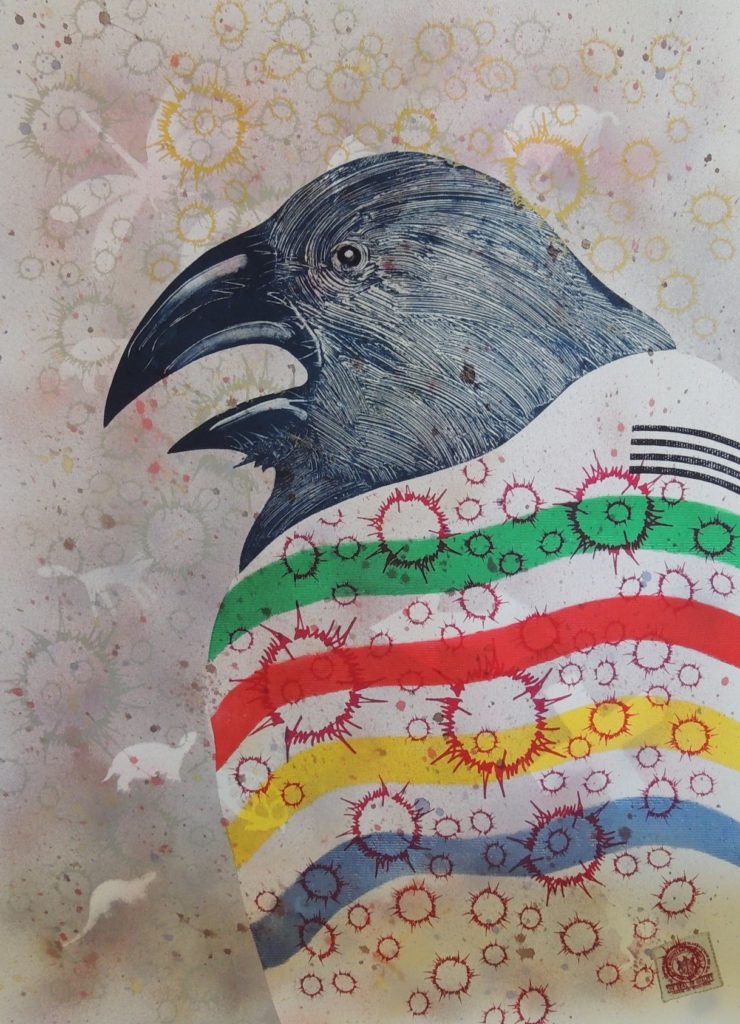
Raven Speaks to Friends: “The DJ Trump Virus is More Menacing and Deadlier than Smallpox Blankets or the Covid19 Virus” (Your Vote is the Cure), 22 x 30 inches,
Collagraph, Silkscreen, Relief, Collage, Stencils, Rit Dye
After earning an undergraduate degree from the University of Montana, Clairmont continued his graduate studies with a fellowship at San Fernando State University and in 1971 completed his education with a Master of Arts degree from the California State University in Los Angeles. He spent the next 14 years within the Los Angeles art scene and worked as the printmaking department head at the Otis/Parsons Art Institute. During this period, he received visual arts grants from the Ford Foundation (1971) and the National Endowment for the Arts (1979).
In 1984 Clairmont returned to Montana, where he developed close personal ties both to the fledgling tribal college and the reservation community. Clairmont’s works of art continued to challenge the cultural and ecological effects of European settlement upon the land previously inhabited by his indigenous ancestors for thousands of years. From Salish Kootenai treaty rights to Montana highway development, Clairmont has addressed both deep-seated and contemporary issues.
